Area 14,442 km² Date dissolved 1918 | 1910–1918 Nicholas I Founded 1910 | |
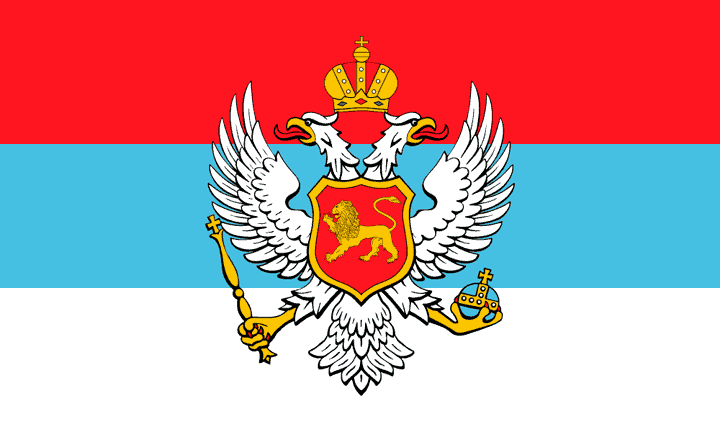 | ||
Religion Eastern Orthodox (official) Sunni Islam, Roman Catholicism 1910–1912 Lazar Tomanović (first) 1917–1918 Evgenije Popović (last) Government Absolute monarchy, Constitutional monarchy | ||
Kingdom of montenegro
The Kingdom of Montenegro (Serbian: Краљевина Црнa Горa / Kraljevina Crna Gora), was a monarchy in southeastern Europe, present day Montenegro, during the tumultuous years on the Balkan Peninsula leading up to and during World War I. Legally it was a constitutional monarchy, but absolutist in practice. On 28 November 1918, following the end of World War I, with its government still in exile, the unconstitutional Podgorica Assembly proclaimed union with the Kingdom of Serbia, and was merged into the Kingdom of Serbs, Croats and Slovenes three days later, on 1 December 1918.
Contents
- Kingdom of montenegro
- History
- King of Montenegro 19101918
- Pretenders 1918present
- Prime Ministers 19101916
- Prime Ministers in exile 19161922
- References
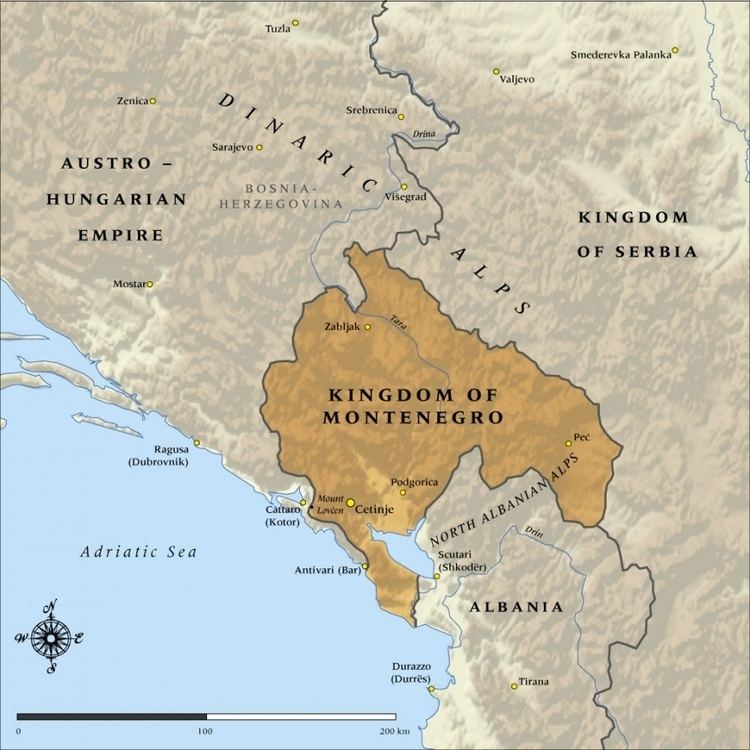
History
Prince Nicholas of Montenegro proclaimed the Kingdom of Montenegro in Cetinje on 28 August 1910. King Nicholas I (as he became) had ruled the country as Prince since 1860, and had initiated several modernizing reforms at the beginning of the 20th century, such as introducing a constitution and a new currency, the Montenegrin perper.
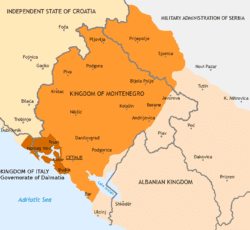
Montenegro joined the First Balkan War in 1912, hoping to win a share in the last Ottoman-controlled areas of Rumelia. Montenegro did make further territorial gains by splitting Sandžak with Serbia on 30 May 1913. But the Montenegrins had to abandon the newly captured city of İşkodra (Skadar in Serbian, subsequently Shkodër) to the new state of Albania in May 1913, at the insistence of the Great Powers, despite the Montenegrins having invested 10,000 lives into the capture of the town (April 1913) from the Ottoman-Albanian forces of Esad Pasha.
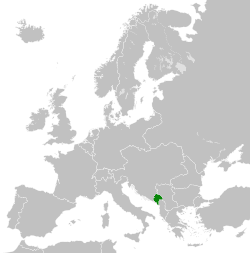
When the Second Balkan War broke out in June 1913, Serbia fought against Bulgaria, and King Nicholas sided with Serbia. Once again Montenegro found itself tossed into war, in which it won substantial additional territory.
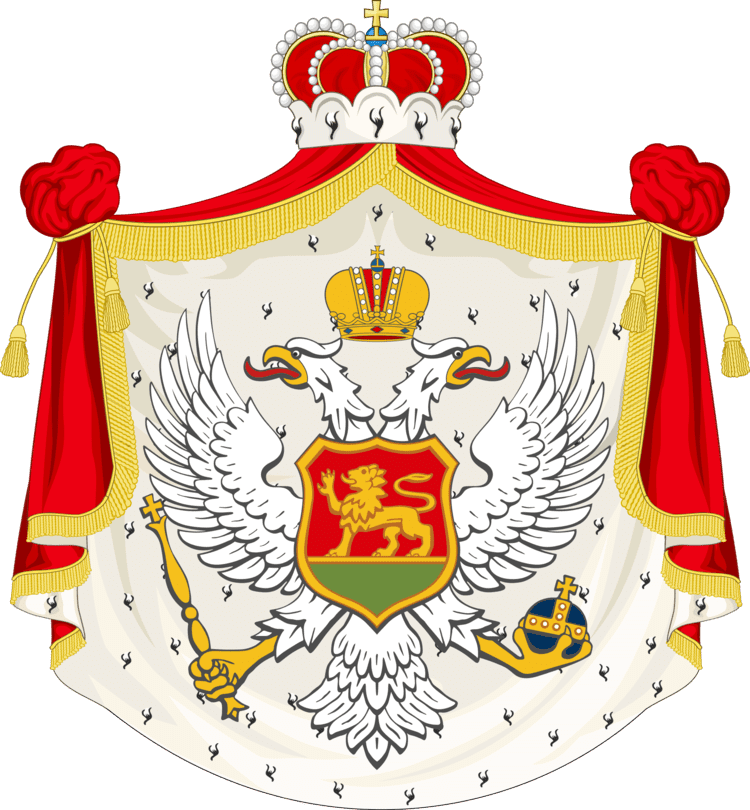
During World War I (1914-1918) Montenegro allied itself with the Triple Entente, in line with King Nicholas' pro-Serbian policy. Accordingly, Austria-Hungary occupied Montenegro from 15 January 1916 to October 1918.
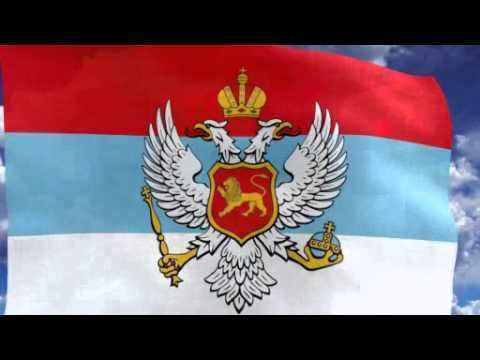
On 20 July 1917, the signing of the Corfu Declaration foreshadowed the unification of Montenegro with Serbia. On 28 November 1918, Montenegrin unification with Serbia was proclaimed by the Podgorica Assembly, with the government and king in exile at the time. Nicholas I, who had previously supported unification with Serbia into a greater state, but with Montenegro and his dynasty playing the pivotal role in the proposed new state, had reverted to promoting Montenegrin nationalism and opposing the union with Serbia. Podgorica Assembly, which proclaimed the annexation, dethroned King Nicholas and the Petrović-Njegoš dynasty on 26 November 1918; he died in exile in France.
During World War II, the occupying forces in Yugoslavia considered turning the Italian governorate of Montenegro into a puppet kingdom, but nothing came of these plans.
